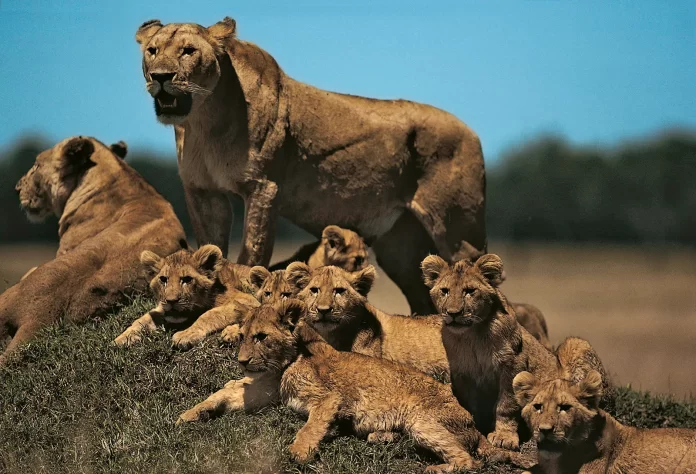The Middle East and North Africa (MENA) region is home to a variety of wild animals, some of which pose significant dangers to humans due to their venom, size, or aggressive behavior. Here is a detailed look at the ten most dangerous wild animals in the MENA region and where they can be found:
1. Arabian Oryx
Habitat: Oman, Saudi Arabia, UAE
The Arabian Oryx is a large antelope with long, straight horns. While typically peaceful, it can become aggressive if threatened, using its sharp horns to defend itself. Conservation efforts have helped increase their numbers, and they are often found in protected reserves and desert areas.
2. Deathstalker Scorpion
Habitat: Deserts in Egypt, Algeria
Known for its potent venom, the Deathstalker Scorpion is one of the most dangerous scorpions in the world. Its sting can cause intense pain, fever, convulsions, and even death if not treated promptly. They thrive in arid environments and are often encountered by people living in or near deserts.
3. Egyptian Cobra
Habitat: Egypt, North Africa
The Egyptian Cobra is a highly venomous snake that can deliver a fatal bite. It is recognizable by its hood and can grow quite large. These snakes are often found in agricultural areas, where they hunt for rodents but can come into contact with humans.
4. Caracal
Habitat: Morocco, Egypt, Arabian Peninsula
The Caracal is a medium-sized wild cat known for its distinctive tufted ears. While elusive and generally avoiding human contact, it can become aggressive if cornered. They inhabit savannas, scrublands, and semi-desert regions.
5. Levant Viper
Habitat: Lebanon, Syria
This venomous snake is found in the eastern Mediterranean and is known for its striking pattern. Its bite can cause severe swelling, pain, and tissue damage. The Levant Viper prefers rocky hillsides, scrublands, and agricultural areas.
6. Nile Crocodile
Habitat: Nile River and tributaries in Egypt, Sudan
The Nile Crocodile is one of the largest and most aggressive crocodile species. They are apex predators in their habitat, capable of taking down large prey, including humans. They are often found in rivers, lakes, and marshlands.
7. Sand Viper
Habitat: Deserts in Libya, Jordan
The Sand Viper is a venomous snake that blends well with its sandy environment. Its bite can cause serious injury and requires immediate medical attention. They are typically found in desert regions and are active during cooler parts of the day.
8. Striped Hyena
Habitat: North Africa to the Middle East, including Iraq, Yemen
The Striped Hyena is a scavenger but can be dangerous if provoked or if food is scarce. They have powerful jaws and a strong bite. They are found in arid and semi-arid regions, including savannas and mountainous areas.
9. Fennec Fox
Habitat: Sahara Desert in Algeria, Tunisia
The Fennec Fox is the smallest of all foxes but can be aggressive when defending its territory. Known for its large ears, it is adapted to desert life and often found in sandy deserts and arid regions.
10. Spiny-Tailed Lizard
Habitat: Deserts in Saudi Arabia, Oman
Also known as the Uromastyx, these lizards have a spiny tail they use for defense. While generally herbivorous, they can deliver a painful bite if threatened. They are often found in rocky deserts and arid regions.
These animals, while dangerous, play important roles in their respective ecosystems. Caution and respect for wildlife are essential when exploring these regions.
